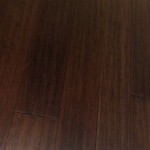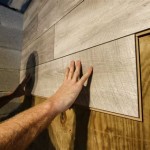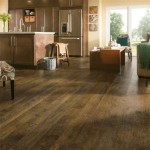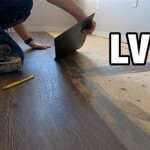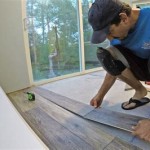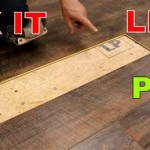Essential Aspects of Rolled Rubber Flooring Installation
Rolled rubber flooring is a durable, resilient flooring solution ideal for various commercial and industrial applications. Installing it properly is crucial to ensure its performance and longevity.
Subfloor Preparation
Before installing the rubber flooring, the subfloor must be smooth, flat, and free of debris. It should be made of a stable material such as concrete, plywood, or steel. Any unevenness or imperfections should be repaired using a self-leveling compound or underlayment.
Laying the Flooring
The rubber rolls should be acclimated to the installation environment for at least 24 hours. To lay the flooring, start by unrolling the first roll along one wall. Use a straightedge or chalk line to ensure straight edges. Overlap the adjacent roll by 2-4 inches to create a strong seam.
Trimming and Cutting
Once the flooring is laid, trim the edges around walls and fixtures. Use a sharp utility knife and a straightedge for precise cuts. Be careful not to cut into the subfloor. If necessary, cut out areas around obstacles such as pillars or equipment using a jigsaw.
Seaming
Seaming is an important step to create a seamless floor surface. Overlap the adjacent rolls by 2-4 inches and use a seam roller to firmly press the edges together. Apply a seam adhesive using a trowel and allow it to dry thoroughly before rolling again.
Adhesive Application
For permanent installations, adhesive is required to secure the rubber flooring to the subfloor. Choose an adhesive specifically designed for rolled rubber flooring. Spread the adhesive evenly over the subfloor using a notched trowel. Allow the adhesive to become tacky before placing the flooring.
Rolling and Pressing
Once the adhesive is tacky, roll the rubber flooring onto the subfloor. Use a heavy roller or a weighted flat surface to apply even pressure and ensure a strong bond. Continue rolling until the entire surface is adhered.
Finishing
After the adhesive has dried, trim any excess flooring around the edges. Vacuum or sweep the floor to remove any debris. To protect the flooring and enhance its appearance, apply a polyurethane sealer or polish. This will create a durable finish that resists wear and staining.
Maintenance
Proper maintenance is essential to extend the life of rolled rubber flooring. Regular cleaning and sweeping will prevent dirt and debris from accumulating. Spills should be cleaned up immediately to prevent staining. If necessary, use a mild detergent and water to mop the floor.

Gym Flooring Installation How To Easily Install Rubber Rolls Or Mats

How To Install Rolled Rubber Gym Flooring With Greg Everett

Recycled Rubber Floor Rolls Regrind 3 8 Inch Per Sf

Rolled Rubber Flooring For Gyms Warehouses Manufacturing

Non Slip Rubber Floor Rolls 10 Color Geneva 3 8 Inch

How To Install Rolled Rubber Flooring

Rolled Rubber Flooring Allied S Athletic Sports Commercial Racquetball Court Construction Squash Courts

5mm Pre Cut Rubber Rolls Home Gym Flooring

Rolled Rubber Flooring Installation Over Tile Or Concrete

Rolled Rubber Mats Athletic Flooring Diamond Safety Concepts
Related Posts

